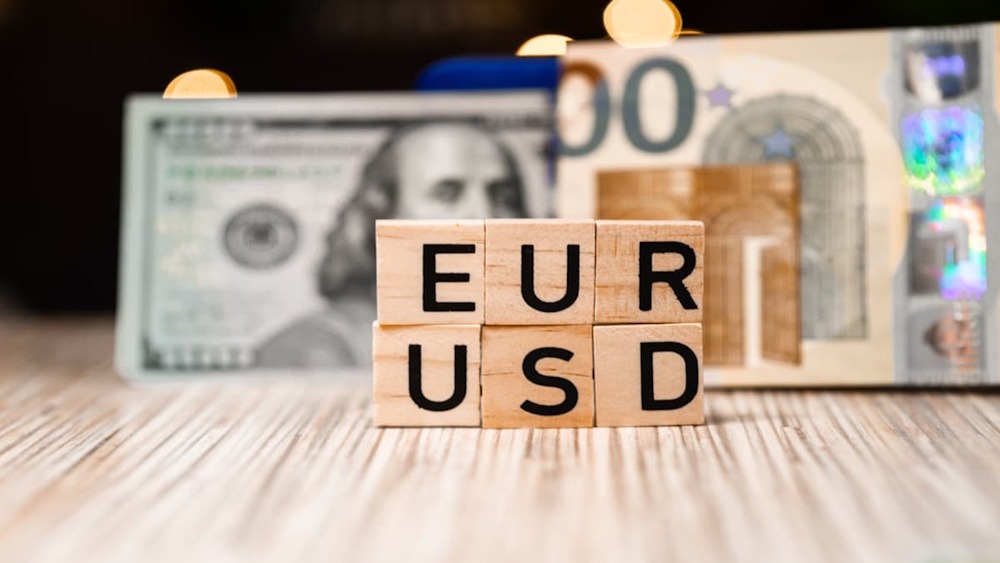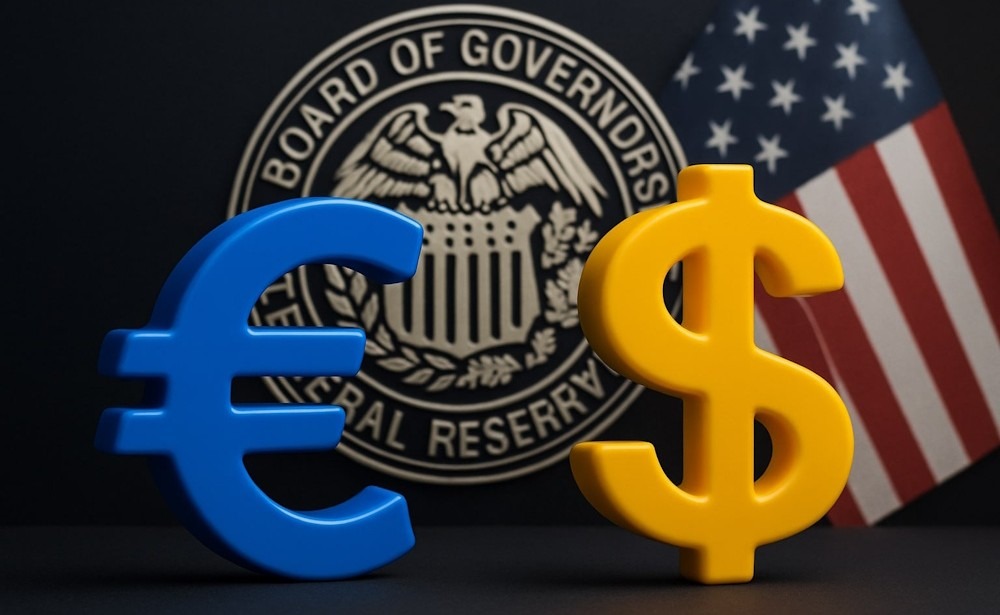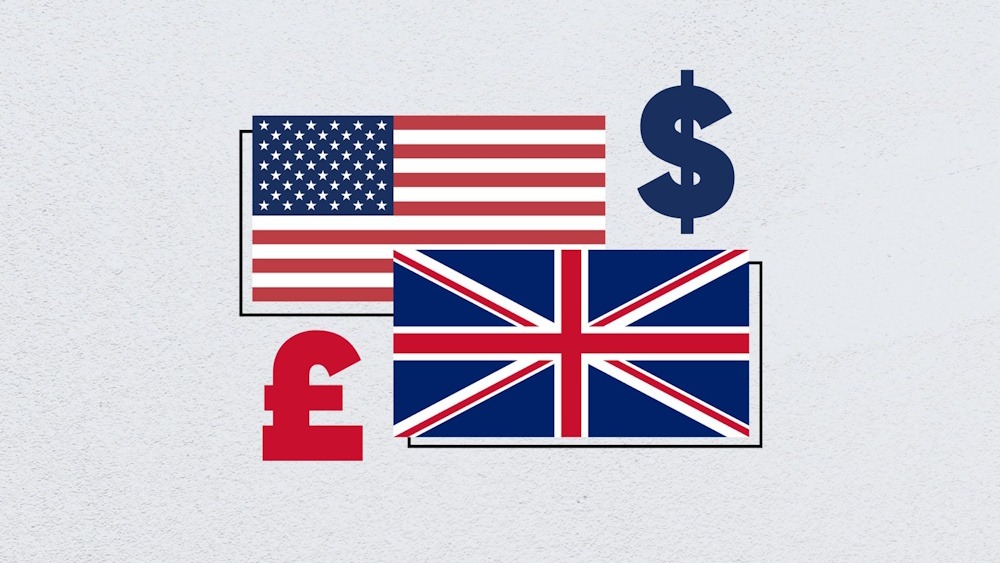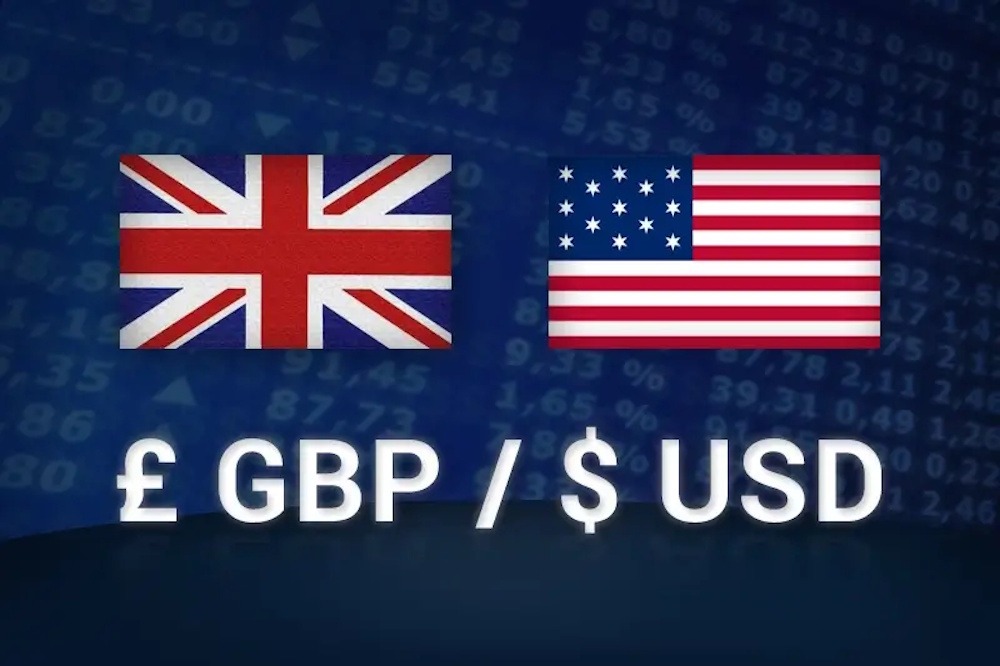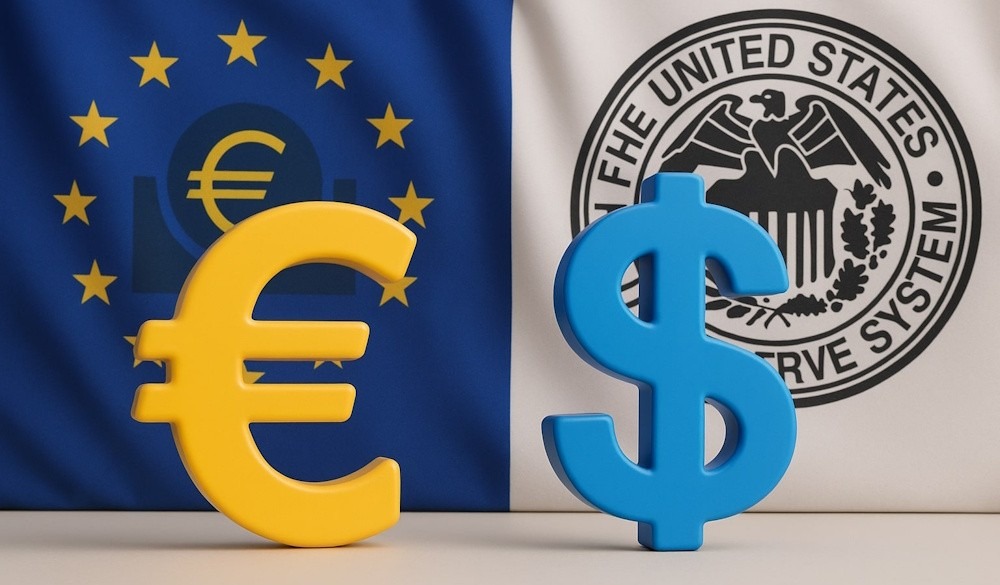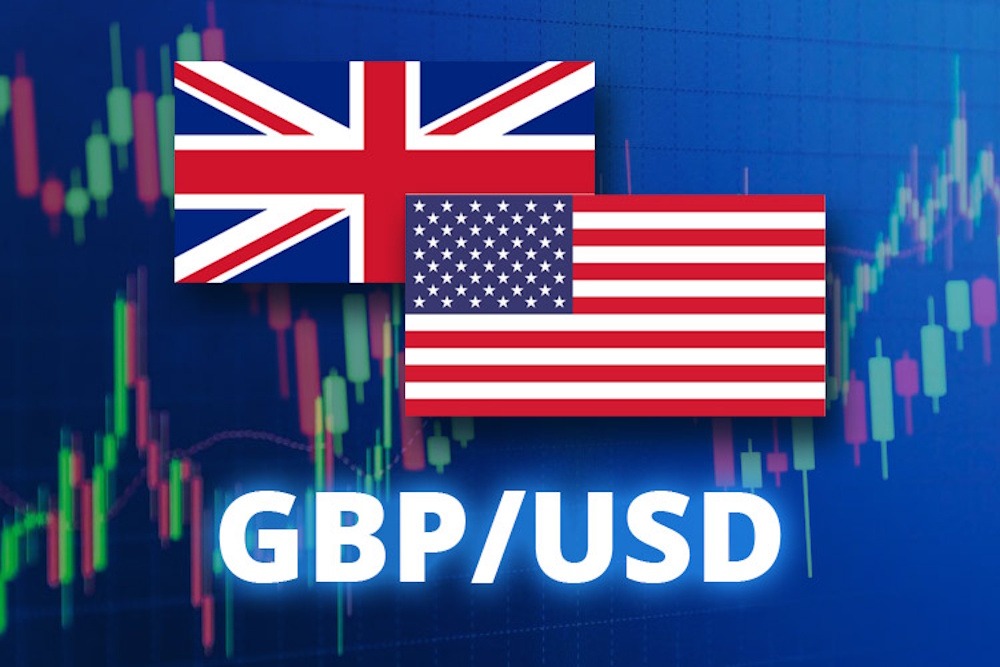EUR/USD stabilizes as dismal US jobs data balances shutdown worries
EUR/USD remains stable late in the North American session as market participants process a lackluster jobs report and overlook the implications of the US government shutdown. The absence of a consensus between the White House and Democrats would extend the shutdown and postpone the release of US economic data. The pair is currently trading at … Read more

